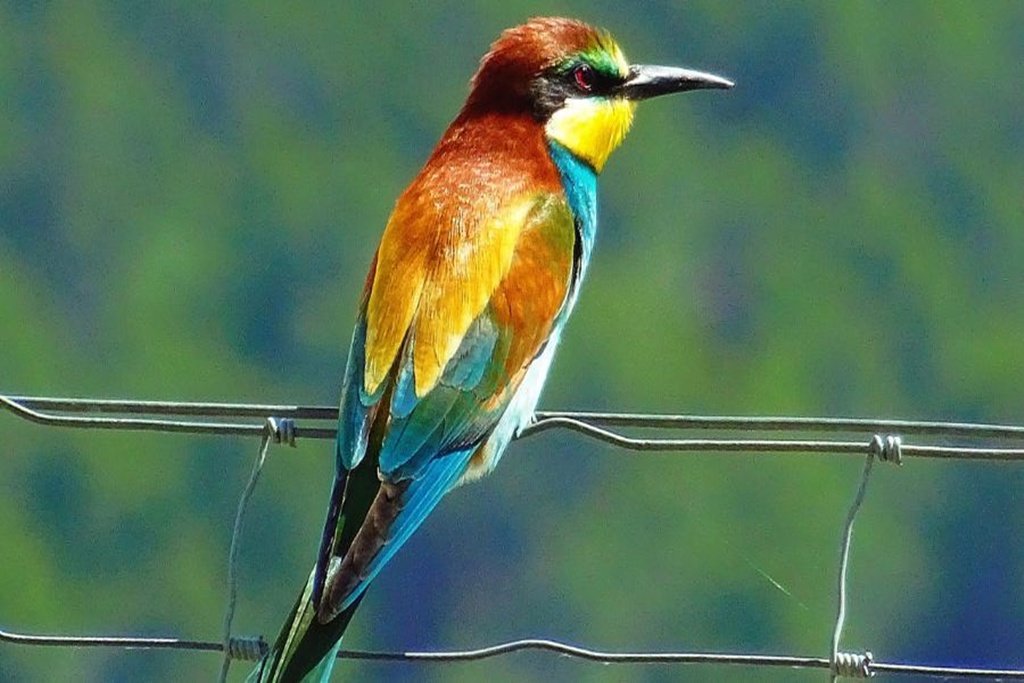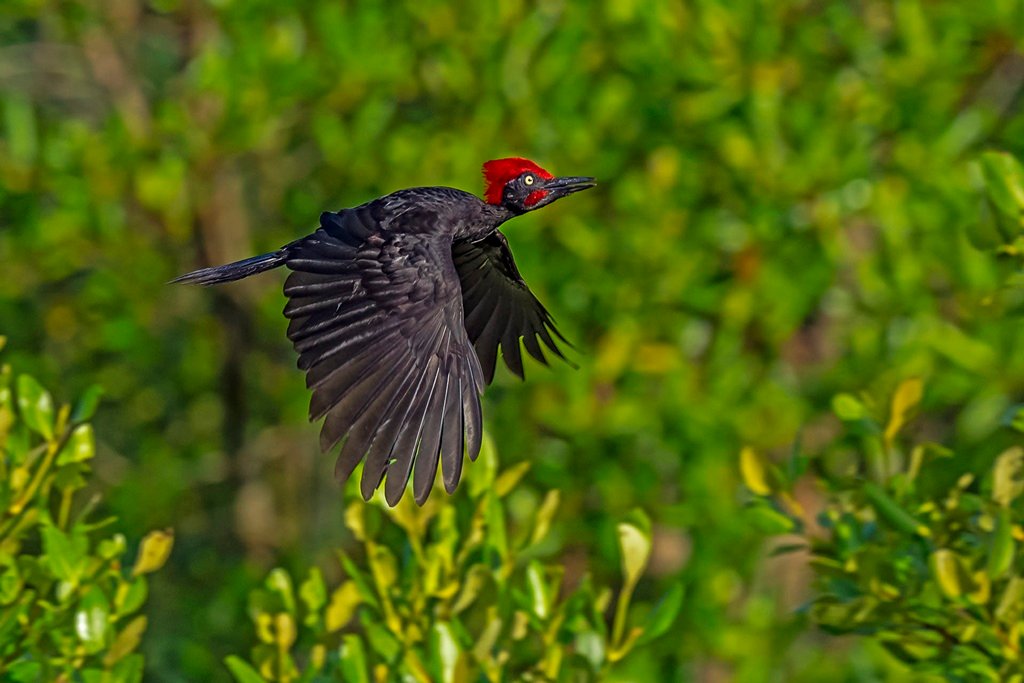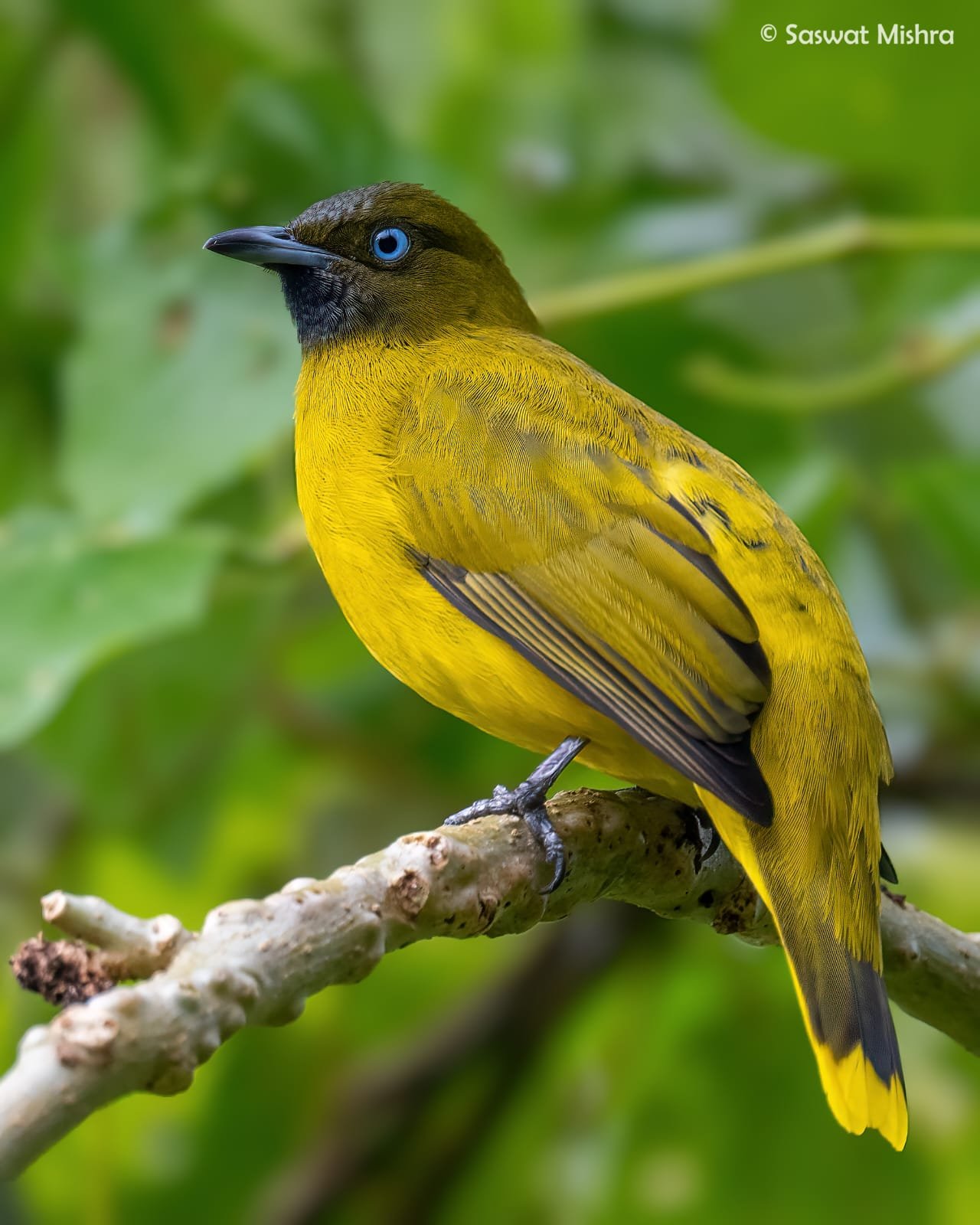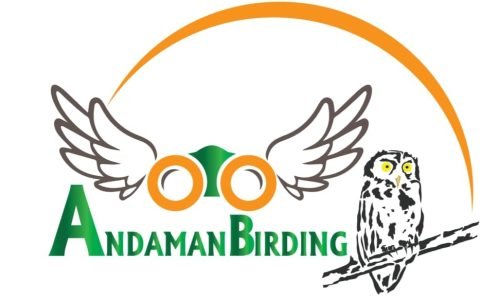Target Birds in South Andaman



Bird Species of South Andaman (Point-wise)
Endemic & Rare Species (Special to Andaman)
Andaman Woodpecker – A rare black woodpecker found only in Andaman forests.
Andaman Drongo – Glossy black bird with a forked tail, excellent mimic.
Andaman Bulbul – Small olive-green bulbul, found only in these islands.
Andaman Crake – A secretive rail that prefers dense undergrowth.
Andaman Teal – A small brown duck seen in mangroves and wetlands.
Andaman Treepie – Striking black-and-white treepie with a loud call.
Andaman Serpent Eagle – Powerful raptor, an endemic subspecies of serpent eagle.
Andaman Cuckoo-Dove – Large dove with a reddish-brown plumage.
Andaman Barn Owl – Pale owl often seen near villages at night.
Andaman Flowerpecker – Tiny nectar-feeding bird found in forest canopy.
Andaman Coucal – Large brown coucal with a deep resonant call.
Andaman Nightjar – Nocturnal bird, well-camouflaged on forest floors.
Andaman Wood Pigeon – Rare grey pigeon with a beautiful metallic sheen.
Andaman Masked Owl – Large barn owl with a heart-shaped face.
Nicobar Megapode (also seen in South Andaman) – Unique bird that builds huge nesting mounds.
Common Resident Birds
White-bellied Sea Eagle – Majestic eagle seen near coastlines.
Collared Kingfisher – Bright blue and white kingfisher near mangroves.
White-throated Kingfisher – Vibrant blue kingfisher with red bill.
Pacific Reef Heron – Grey or white heron seen along rocky shores.
Black-naped Tern – Elegant white tern flying over coastal waters.
Greater Coucal – Large crow-like bird with coppery wings.
Indian Pond Heron – Common wader, turns white in flight.
Red-wattled Lapwing – Ground-nesting bird with a loud alarm call.
Common Sandpiper – Small wader with distinctive tail bobbing.
Collared Dove – Pale grey dove found near villages.
Forest & Mangrove Birds
Stork-billed Kingfisher – Large kingfisher with a massive red bill.
Black-naped Oriole – Bright yellow bird with a melodious whistle.
Racket-tailed Drongo – Black bird with long tail streamers.
White-rumped Shama – Famous forest songbird with sweet whistles.
Emerald Dove – Small green-winged dove of shady forests.
Dollarbird – Dark bird with bright blue spots on wings.
Asian Koel – Famous for its loud “koo-ooo” calls in summer.
Blue-tailed Bee-eater – Graceful, colorful bird catching insects mid-air.
Scarlet Minivet – Small bright red-and-black bird in flocks.
Brown Shrike – Perches on wires, hunts small insects.
Water & Shore Birds
Grey Heron – Large tall heron found near wetlands.
Purple Heron – Slender heron with reddish neck.
Little Egret – Snow-white egret with black legs and yellow feet.
Cattle Egret – Follows cattle, feeds on insects stirred up.
Lesser Sand Plover – Small wader seen on sandy beaches.
Eurasian Curlew – Large wader with long down-curved bill.
Whimbrel – Similar to curlew but slightly smaller.
Little Tern – Smallest tern diving for fish.
Common Redshank – Wader with bright red legs.
Grey Plover – Stocky wader often seen in mudflats.
1. Introduction to South Andaman Birding
South Andaman is a paradise for birdwatchers, home to lush forests, mangroves, and wetlands.
The region hosts over 270 bird species, including 20+ endemics unique to these islands.
Ideal for both beginner birders and professional ornithologists looking for rare sightings.
2. Key Birding Locations
Chidiya Tapu (Bird Island): Famous for forest birds and stunning sunsets.
Sippighat Wetlands: Best for waders, kingfishers, and migratory waterbirds.
Mount Harriet National Park: Prime location for spotting endemic woodpeckers, bulbuls, and treepies.
Shoal Bay & Mangrove Creeks: Perfect for Andaman Serpent Eagle, Collared Kingfishers, and shorebirds.
Wandoor & Nearby Forest Trails: Great for nightjars, coucals, and forest songbirds.
3. Target & Highlight Species
Endemics: Andaman Woodpecker, Andaman Bulbul, Andaman Drongo, Andaman Crake.
Raptors: Andaman Serpent Eagle, White-bellied Sea Eagle, Brahminy Kite.
Waterbirds: Andaman Teal, Reef Herons, Sandpipers, Egrets.
Colorful Birds: Stork-billed Kingfisher, Scarlet Minivet, Blue-tailed Bee-eater.
Special Sightings: Nicobar Megapode (seen in some parts of South Andaman).
4. Best Time to Go
November to April – Best season for birdwatching, pleasant weather, and presence of migratory species.
Early Mornings & Late Afternoons – Prime time for sightings when birds are most active.
5. Duration of Trips
Half-Day Trip: 3–4 hours covering one or two hotspots.
Full-Day Trip: 6–8 hours with multiple habitats and lunch break.
Custom Birding Tours: Can be arranged based on interest (specific species or photography trips).
6. What to Expect
Guided tours with experienced naturalists who know bird calls and habitats.
Walking trails through forests, mangrove boat rides, and wetland stops.
Opportunities for bird photography and learning about bird behavior.
7. What to Carry
Binoculars or spotting scope (if available).
Camera with telephoto lens for bird photography.
Comfortable walking shoes, cap/hat, sunscreen, and insect repellent.
Drinking water and light snacks for longer trips.
8. Eco-Friendly Practices
No disturbance to birds, nests, or habitats.
Maintain silence and slow movements to avoid scaring birds.
Carry back all plastic waste and follow leave-no-trace principles.
